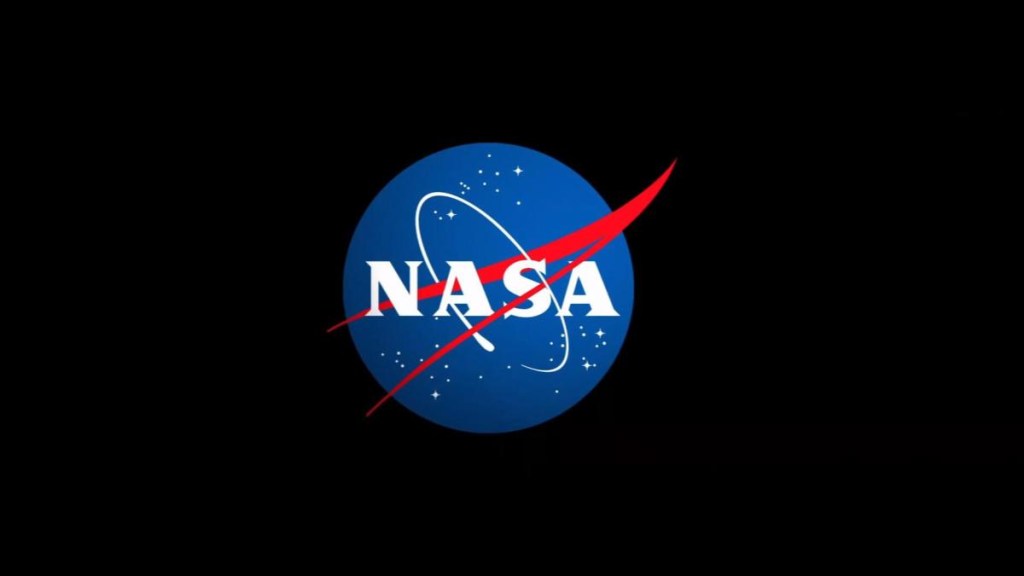UFOs, or Unidentified Flying Objects, have always caught one’s attention for a long time. Whether it is the mysterious story-telling in the American science-fiction television series, The X-Files, which is best known for investigating unusual and unsolved cases, with elements of the supernatural or paranormal; or recently during the pandemic, when the US saw a major spike in UFO sightings because most people were gazing the skies and spending time at home during lockdowns. Time and again, such sightings have spiked across the world and now the speculations are that the extraterrestrial is stalking our planet. But this week, a team of the National Aeronautics and Space Administration (NASA) scientists have taken the UFOs very seriously.
NASA released a report analysing the study of unidentified anomalous phenomena (UAP), the new term for UFOs. The agency has also appointed Mark McInerney as director of UAP Research, a role in which he will oversee the agency’s studies into UAP. NASA has spent $100,000 to understand UFOs better.
In fact, the Pentagon has also launched a ‘one-stop shop’ website for declassified information about UFOs. The website will house photos and videos about resolved UAP cases as they are declassified and approved for public release, the Pentagon said in a news release. It will also feature links to reports, transcripts and other resources like aircraft, balloon and satellite tracking sites.
But if such extraterrestrial life has been conclusively detected, NASA and other studies can progressively bring forth the possibilities of life beyond earth or elsewhere in the Universe.

However, a new investigation with NASA’s James Webb Space Telescope into K2-18 b, an exoplanet 8.6 times as massive as Earth, has revealed the presence of carbon-bearing molecules including methane and carbon dioxide. The K2-18 b could be a Hycean exoplanet, one which has the potential to possess a hydrogen-rich atmosphere and a water ocean-covered surface.
The first insight into the atmospheric properties of this habitable-zone exoplanet came from observations with NASA’s Hubble Space Telescope, which prompted studies that have since changed the understanding of the system. Therefore, NASA’s involvement should be able to help reduce the stigma around UAPs and help to study unclassified sightings as the agency’s administrator Bill Nelson said, that the agency wants to shift the conversation about UAPs “from sensationalism to science.”
But UFOs will require new scientific techniques, including advanced satellites and a shift in how these are perceived. As the report highlights a rather sensational revelation — the story about possible non-human lifeforms, the lawmakers in Mexico also heard testimony about the presence of alien life on Earth that included two 1,000-year-old ‘corpses of extraterrestrials’, or two mummified specimens. Since these alleged alien corpses looked “white and like stereotypical depictions of aliens — big head, little body, three fingers,” the news reports say. The two specimens were found in Peru in 2017, were tiny in stature and chalky in colour and what appeared to be shrunken or desiccated heads. The UAP research is also another step to develop and oversee the implementation of NASA’s scientific vision for UAP, analyse and apply artificial intelligence (AI) and machine learning to search the skies for anomalies.
If NASA can do this work transparently for the benefit of humanity, it shows how AI could be used to investigate future sightings and create a space roadmap for the future. Such findings widen the scope to include search for extraterrestrial techno signatures on planetary surfaces and the state-of-the-art sensors can probe the state of the local earth, oceanic, and atmospheric conditions. But only time will tell if such entities are distinctly non-human and not a part of Earth’s evolutionary history. And if this is the reality, then maybe, there’s alien life.

